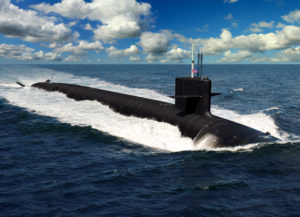
The House’s top appropriator introduced a new stopgap funding bill on Monday that would keep the government open through March 11 as lawmakers continue work to finalize fiscal year 2022 spending legislation. The current continuing resolution is set to expire on Feb. 18. The new bill also includes a $1.6 billion anomaly to prevent delays to the Columbia-class submarine program. “We are close to reaching a framework government funding agreement, but we will need additional time to complete the legislation…

 By
By 











